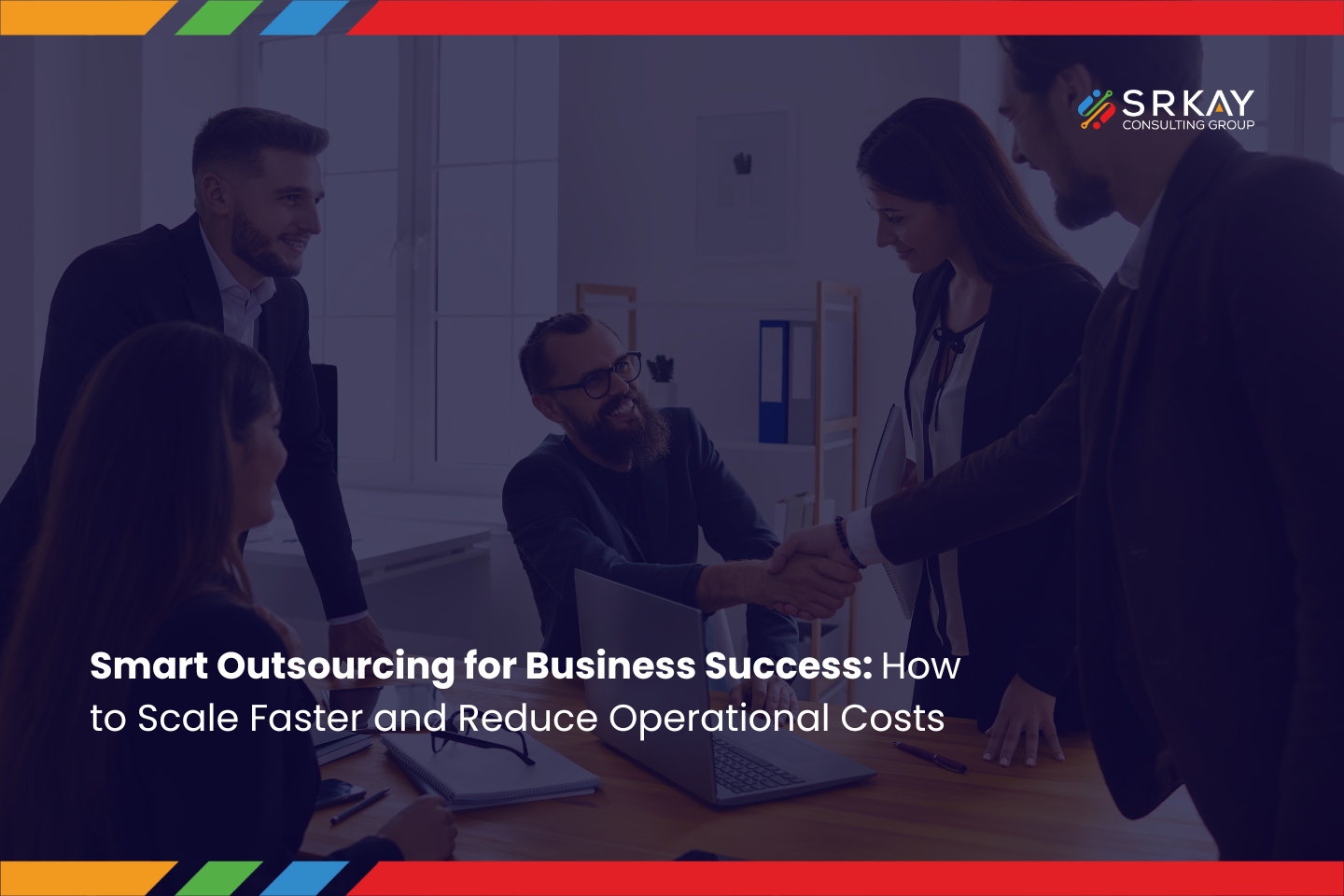In a Market Where Speed and Precision Matter
Outsourcing is no longer just a cost-cutting strategy. It has evolved into a growth engine for scaling operations, accelerating innovation, and enhancing global competitiveness.
From Cost Arbitrage to Capability Expansion
Between 2020 and 2024, companies focusing on cost savings as their primary outsourcing goal dropped from 70% to 34%. Instead, priorities now include:
- Access to specialized talent (42%)
- Improving responsiveness to customers (35%)
- Building global delivery models (33%)
Example: AI-powered customer support teams in the Philippines increased resolution rates by 13.8% while cutting training time by 80% — a true...
Unlock Full Access
Provide your details to continue reading this exclusive article.

